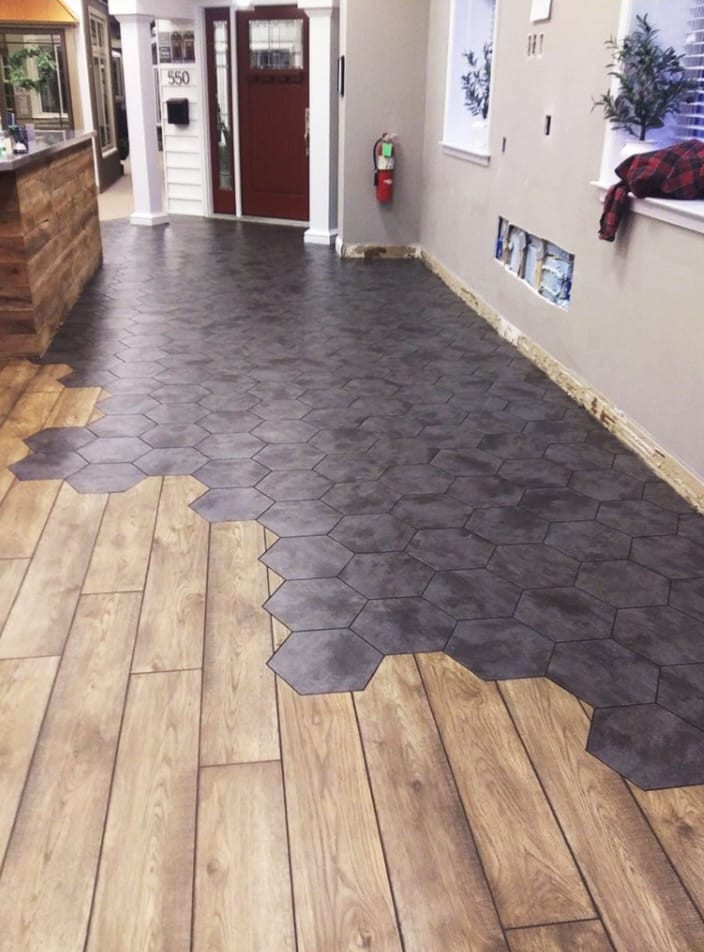Types of Flooring : A Guide to Choosing the Right Surface
Flooring plays a crucial role in setting the tone of any interior space. It not only affects the aesthetics of your home or office but also determines comfort, durability, and maintenance. With so many options available today, choosing the right type of flooring can be overwhelming. In this blog, we break down the most popular types of flooring to help you make an informed decision.
1. Hardwood Flooring
Hardwood flooring is made from solid wood like oak, maple, or walnut. Known for its timeless beauty and durability, hardwood adds warmth and value to any space. It’s ideal for living rooms, bedrooms, and hallways.
Pros: Elegant look, long-lasting, increases property value
Cons: Expensive, prone to moisture damage
2. Laminate Flooring
Laminate is a cost-effective alternative to hardwood, featuring a photographic layer that mimics wood, stone, or tile. It’s scratch-resistant and easy to install.
Pros: Budget-friendly, easy maintenance, wide variety of designs
Cons: Not water-resistant, can’t be refinished
3. Vinyl Flooring
Vinyl flooring comes in sheets, tiles, or planks and is known for its water resistance. Luxury vinyl tiles (LVT) and planks (LVP) are especially popular for their realistic textures and designs.
Pros: Waterproof, comfortable underfoot, affordable
Cons: May dent with heavy furniture, not as long-lasting as hardwood
4. Tile Flooring
Ceramic and porcelain tiles are popular for areas exposed to moisture like bathrooms and kitchens. They are highly durable and available in countless styles and colors.
Pros: Water-resistant, easy to clean, fire-resistant
Cons: Cold and hard underfoot, grout lines need cleaning
5. Stone Flooring
Made from natural stones like marble, granite, and slate, stone flooring exudes luxury and uniqueness. Each tile has natural variations, making every floor one of a kind.
Pros: Luxurious, long-lasting, adds value
Cons: Expensive, requires sealing and maintenance
6. Carpet Flooring
Carpet is a soft flooring option ideal for bedrooms and family rooms. It provides warmth, sound insulation, and a cozy feel.
Pros: Soft and warm, sound-absorbing, available in many styles
Cons: Stains easily, requires regular cleaning, not suitable for moist areas
7. Concrete Flooring
Once considered only for industrial spaces, polished concrete is now a modern favorite in minimalist homes. It’s sleek, strong, and eco-friendly.
Pros: Highly durable, low maintenance, modern appeal
Cons: Hard surface, can crack over time
8. PVC Flooring
Also known as vinyl or resilient flooring, PVC is gaining popularity in both residential and commercial spaces. It comes in attractive designs and is water-resistant and low-cost.
Pros: Moisture-resistant, cost-effective, easy to install
Cons: Not very eco-friendly, can get scratched

